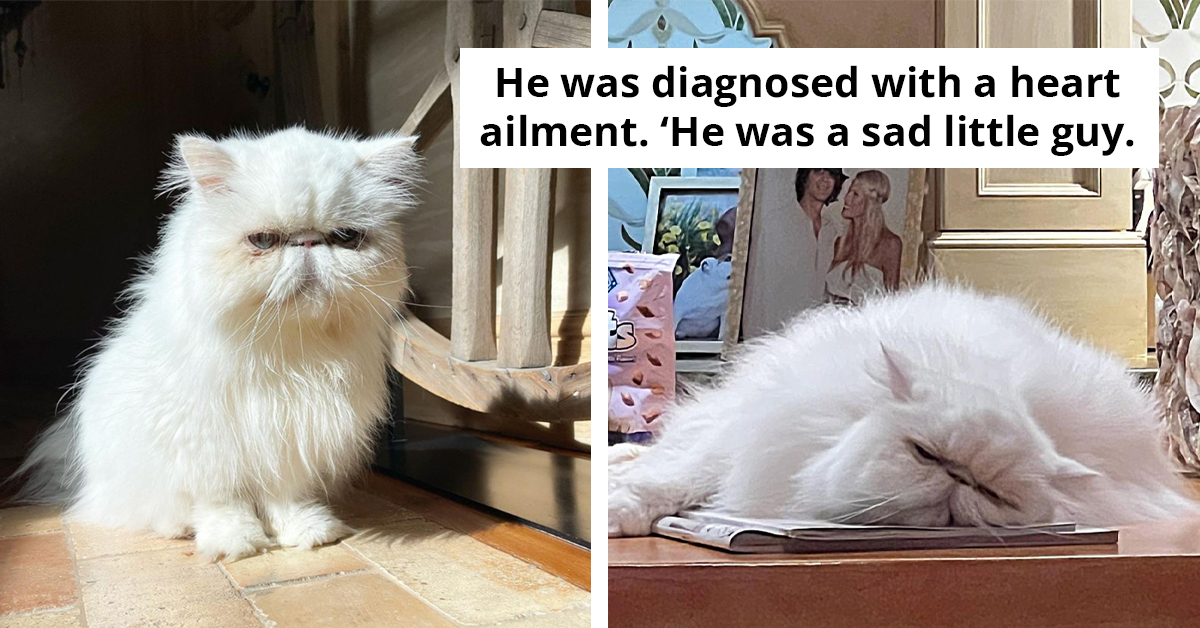Meet The Flame Bowerbird With Colors Of Fire And An Amazing Dance Performance
The flame bowerbird is a brilliantly colored species of bowerbird. This bird species is native to and distributed throughout the lowland and foothill forests of Papua New Guinea.
If you look up the name "Flame Bowerbird" on the web, you will see its body colors resembling fire. Among all the species of bowerbirds, the flame bowerbird is considered one of the most beautiful, with its vibrant colors.
From the color of the bird’s pupils, one can see that it can alternate between yellow and black in its eye color. Furthermore, it can do this separately in each of its eyes.
The flame bowerbird is perhaps the most splendidly colored bowerbird. The male has a striking, almost crimson-orange color on his back, which blends into a radiant yellow abdomen, dark wings, and a tail with a yellow tip.
The female flame bowerbird is not as vibrantly colored as the male. The female has more of an olive-brown color with a hint of yellow around her abdomen.
This species was the first bowerbird described by naturalists. Hold on for the interesting part at the end of this article, where you can watch the courtship dance display of the male bowerbird.
Here is the flame bowerbird...
The flame bowerbird is quickly recognized by its array of sunset colors.

What a fascinating sight!
The bird's crimson top quickly fades into a vibrant orange abdomen, paired with wings dipped in inky black and equally captivating eyes.
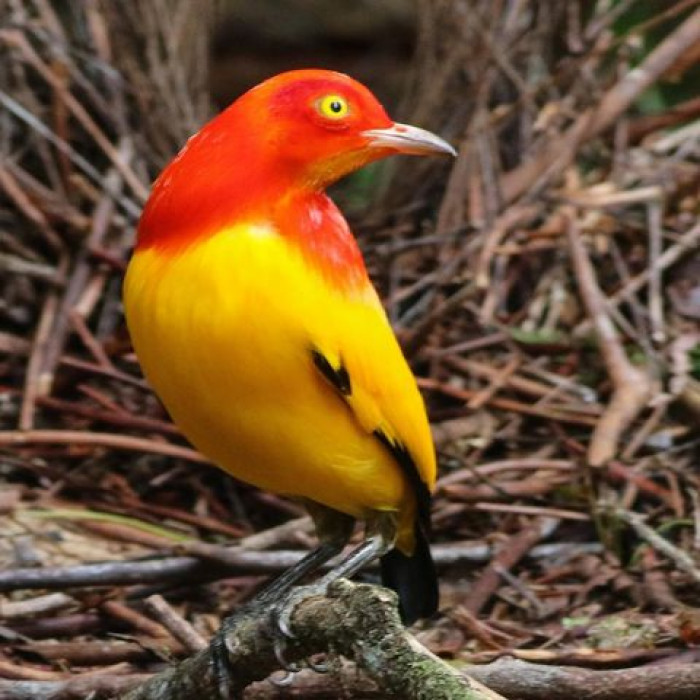
Nature is stunning indeed!

Let's have a walk, shall we?
Other than foraging for insects and fruits, little is known about the diet of the flame bowerbird.
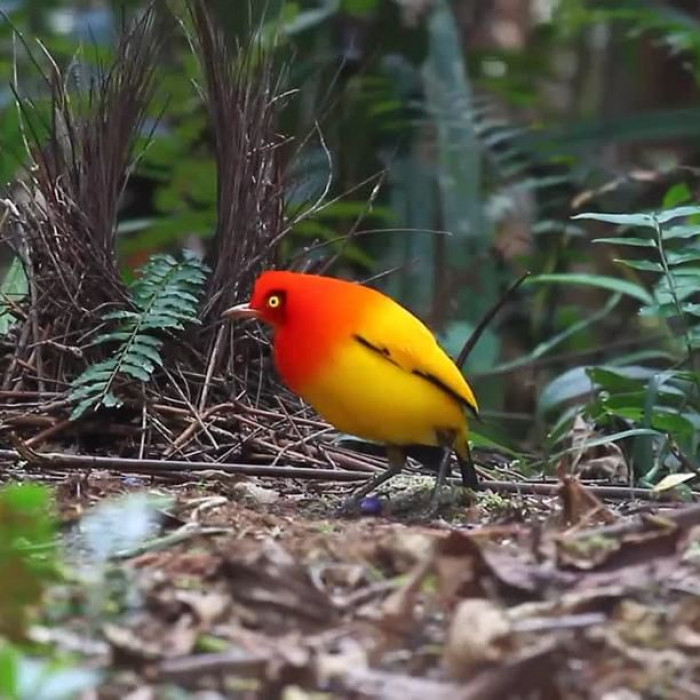
It's nesting time...
The male flame bowerbirds are renowned for constructing complex structures called bowers, from which they attempt to entice their prospective mates by performing displays. The bird showcases its courtship dance alongside its nest or bower, turning its tail and wings aside while shaking its head rapidly.
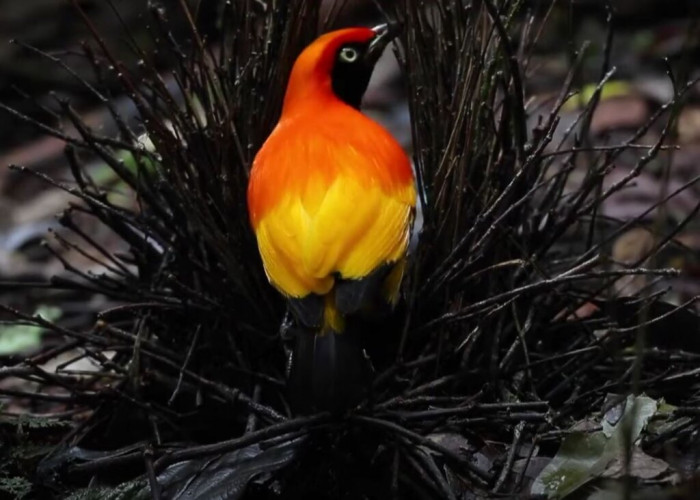
Meet the female bowerbird
Female bowerbirds observe various displays by the males and inspect each bower before selecting a mate. She then builds a nest from soft materials like leaves and plant tendrils.
Afterward, she lays an egg, which hatches in about 19 to 24 days. Bowerbird species generally thrive in a wide range of habitats, including acacia woodlands, eucalyptus forests, rainforests, and shrublands.
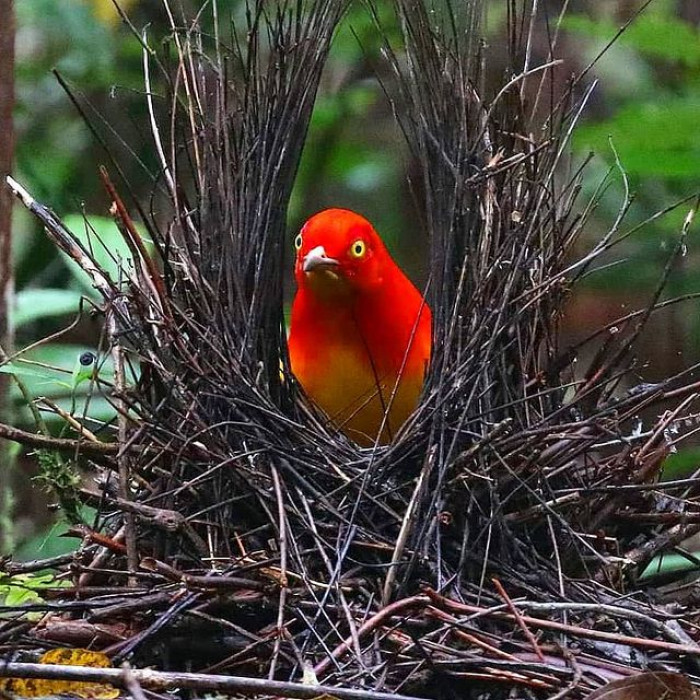
Look at those enchanting eyes...
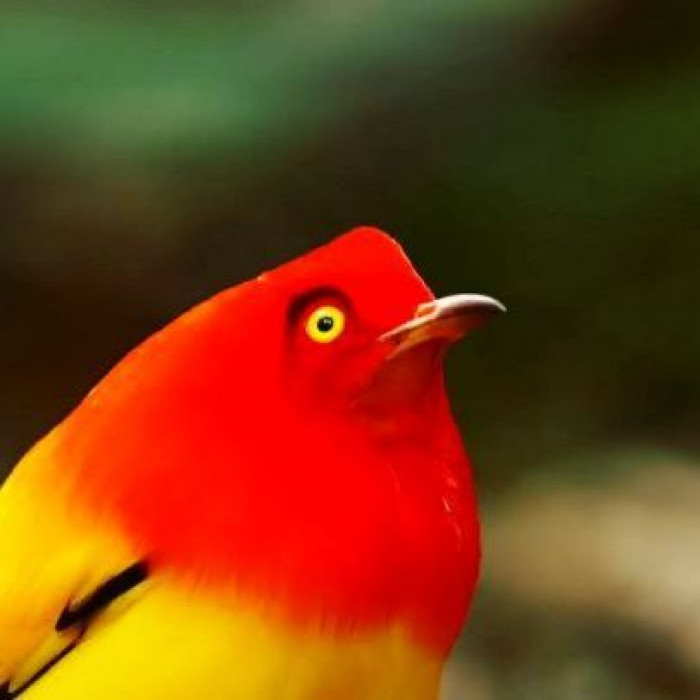
On the IUCN Red List of Threatened Species, the flame bowerbird is assessed as being of low concern. Watch the magnificent display of the flame bowerbird below:
It is truly a sight to behold when the male birds perform their dance to impress the female. Whether you are watching the scene live or not, you will find it hard to believe that a real living creature can accomplish such a feat.
Nature is undoubtedly full of surprises. Take your time and enjoy these rare sights at least once in your lifetime.



